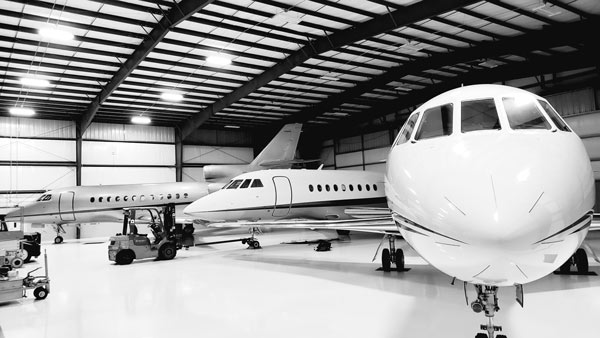The Business Aircraft Market’s COVID Bubble: Finding Stability and New Opportunities
By Kevin McCutcheon
President & CEO, Flight Solutions Inc.
The post-COVID market adjustment is real—but it’s creating new, exciting opportunities in business aviation.
With over 40 years in this industry, 16,000+ hours of flight time, and millions of dollars in aircraft sales experience, I've seen the market evolve through many cycles. Today, we’re not witnessing a crash—we’re witnessing a necessary, healthy recalibration.
What’s Shaping Today’s Market?
- Interest Rates Have Risen
- Operating Costs Are Higher
- Salaries for Pilots and Technicians Have Increased
- Charter Revenue Has Moderated
- Supply Chains Are Improving
The Pandemic Buyer Challenge
- Aircraft Values Have Adjusted
- Depreciation Recapture Is a Reality
- Bonus Depreciation is Phasing Down (40% in 2025, less in 2026)
- Charter Revenue Offsets Are Lower
A Softer Landing: A Market Returning to Buyers
Despite the COVID-19 bubble challenges, it appears we are experiencing a softer landing, not a hard crash.
The market is returning to a more balanced, buyer-friendly environment:
- Prices have corrected to fairer levels
- Pilot and technician availability is improving
- Quality aircraft are becoming more accessible
It’s starting to feel normal again—measured, stable, and offering real opportunities for those ready to act.
The Enduring Power of Private Aviation
Even in a world dominated by AI, video calls, and virtual everything, private aviation proves its timeless value every day.
Nothing replaces real human connection.
Nothing replaces the handshake across the table.
Business aviation isn’t just about convenience—it’s about building relationships, moving faster than your competition, and seizing opportunity wherever and whenever it arises.
In a world that feels increasingly distant, private aviation brings people closer—faster and more securely than ever.
Key Questions on the Horizon
- Will interest rates ease over the next 12–18 months?
- Will inflation stabilize or spike again?
- Will Trump-era tax incentives, like 100% bonus depreciation, be renewed?
- Will tariff policies help or hurt U.S. aircraft buyers and sellers?
- Will the nation’s ballooning debt impact the strength of the U.S. dollar?
These are real questions. But history shows: smart, informed buyers and sellers thrive through every cycle.
What exists today will change tomorrow.
Play Offense, Not Defense
In times of change, the best defense is a great offense.
Align yourself with an experienced team that knows the market, anticipates the shifts, and moves with confidence.
At Flight Solutions Inc., we’ve spent 34 years helping clients chart a steady, successful path—through every kind of market.
Let’s connect and make sure you’re positioned to win in 2025 and beyond.
Kevin McCutcheon
President & CEO, Flight Solutions Inc.
Over 40 Years in Aviation | 16,000+ Flight Hours | Millions in Aircraft Sales
 The used business jet market in 2025 presents a nuanced landscape, balancing an increase in inventory with softening prices. Following the extraordinary demand surge seen during the pandemic, the market is now stabilizing as supply and demand move toward equilibrium.
The used business jet market in 2025 presents a nuanced landscape, balancing an increase in inventory with softening prices. Following the extraordinary demand surge seen during the pandemic, the market is now stabilizing as supply and demand move toward equilibrium.